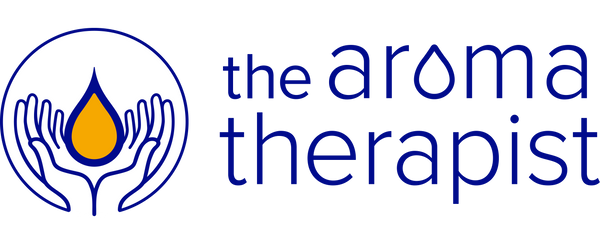
In our Alchemy Workshops we explore every type of plant extraction/distillation. Our goal is to show you how easy it is to do many of these processes at home, with plants you've grown or foraged yourself.
Some (possibly) new terms in this article:
Enfleurage: The extraction of essential oils and perfumes from plant material using natural fats.
Menstruum: The solvent or ‘base’ that is being used to extract. ie; Coconut Oil, Alcohol, Glycerin, Honey etc.
Marc: The spent plant material.
Enfleurage
The OG aromatic plant extraction.
There are two types of enfleurage, cold & hot. Both are simple and fun to experiment with. Enfleurage is a special at-home practice because it’s a product you are highly unlikely to find commercially - it requires patience, small batches and a little trial and error. In some cases, enfleurage is the only way to extract the aroma from fragile plants such as lilac and spring bulbs.
Your enfleurage can be used as a perfume or perfume base, to which you’d add some complimentary essential oils.
Insider tip: When it’s possible to source Frangipani Flowers, we love a good Frangipani enfleurage, it makes a beautiful base for a bohemian perfume blend. You can actually over-winter a Frangipani plant if you keep it inside as soon as the weather starts to cool off!
Which Plants To Use
Enfleurage is usually done with flowers and in the spring there is a plethora of great material; like lilac, hyacinth, narcissus, linden, peony, magnolia, lily of the valley, some tulips and even some of the tiny spring bulbs, like blue bells. At other times of the year, take a trip to your local flower market and pick up anything you like the smell of to experiment with ;). Some nice choices are freesia, mimosa, lily, gardenia, boronia and, of course, rose.
Don’t let your enfleurage-ing stop with flowers! This is meant to be a natural scent experiment; things like black walnut, fruit kernels, fragrant nuts, berries & other fruit, beans, woods and even some mushrooms can bring interesting notes to an enfleurage. There are no rules!

Method
Cold Enfleurage
The menstruum for cold enfleurage is some type of fatty oil that’s viscous in heat but thick when it’s cold. Traditionally it was done with lard and tallow. We sometimes use a combination of jojoba oil with a small amount of beeswax melted into it, but Coconut Oil is also a good choice. The advantage of coconut oil is it’s super easy and you can work with it right out of the jar. The disadvantage is that it adds a slight coconut aroma to your final product but often that just makes it more interesting.
- Smear your cake pan with enough oil to coat it by about 1”
- Lay your fresh plant material in the fatty oil/wax so that it is fully submerged in oil.
- Set aside and leave to absorb for about 48 hours
- Remove the plant material and re-lay fresh. Keep repeating this process until the wax has an aroma you’re happy with (or you run out of material). It helps to warm the oil very slightly (to liquid) to remove the material. You can do this by setting it in the sun or placing the bottom of the pan on something warm like a heat radiator. The heat melts the oil away from the plant material, so it lifts out easily and you don’t lose the most fragrant oil when you remove the material each time.
- Compost the spent material.
Hot Enfleurage
The menstruum for hot enfleurage is the same as cold, again we like to use Coconut Oil. Hot enfleurage can be used for anything that can take a little heat. It’s best when you’re experimenting with nuts, woods, and harder material.
- Warm the oil very slightly.
- Add your plant material
- Lower the heat and keep at a low temperature for several hours (we like to transfer to a stainless steel thermos)
- Remove your material, bring the temperature back up to just below a simmer and add fresh.
- Repeat several times as with the cold method, until you get the desired aroma.
- The marc can be composted.
We like to turn our favourite enfleurage masterpieces into unique perfumes; by adding complimentary essential oils and storing them in vintage perfume jars. They also make beautiful body oils when mixed with skin-loving botanicals such as Sweet Orange, Lavender Highland & Frankincense. These aromatic waxes and fatty oils can also be added to body butters.
How will you enjoy your creations?
One of our favorite things about our Courses & Workshops is being inspired by everyone's creations. Share your Alchemy Journey and tag us @thearomatherapist_com.
Your enfleurage can be taken a few steps further and turned into an absolute or extract. This process is a bit more complicated but it yields a much more versatile ingredient. We run an online workshop about this process; subscribe to find out the next date!
